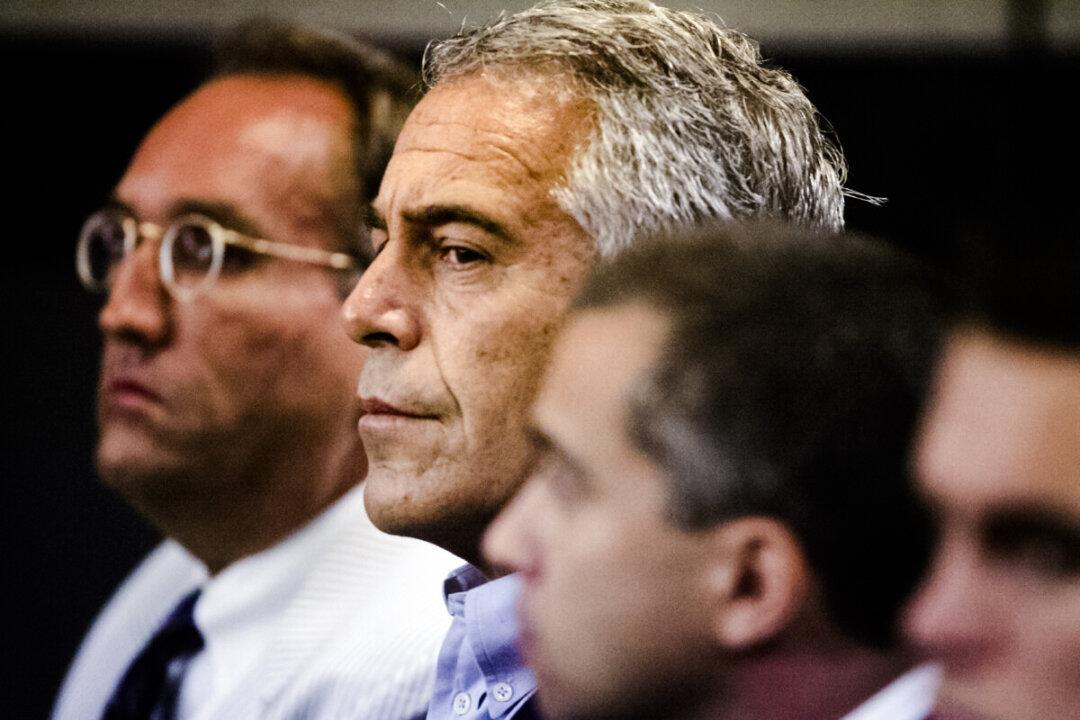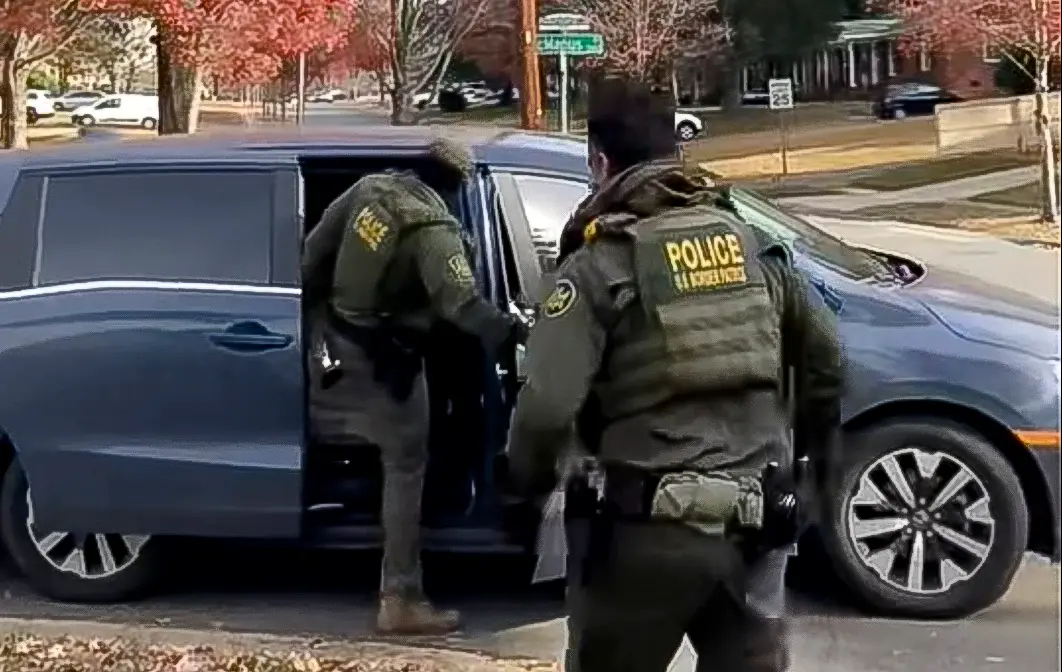The Event Horizon Telescope project—a network of nine telescopes located around the Earth--is set to take the first-ever photo of a black hole’s event horizon.
The picture will be captured in 2017, and it will be focused on the Sagittarius A, the black hole at the center of the Milky Way galaxy.

Feryal Ozel/University of Arizona





